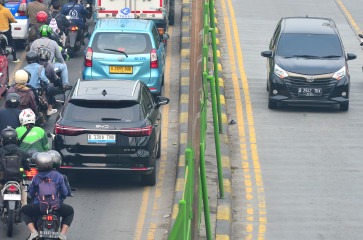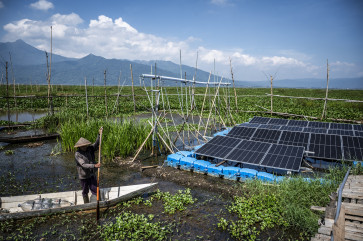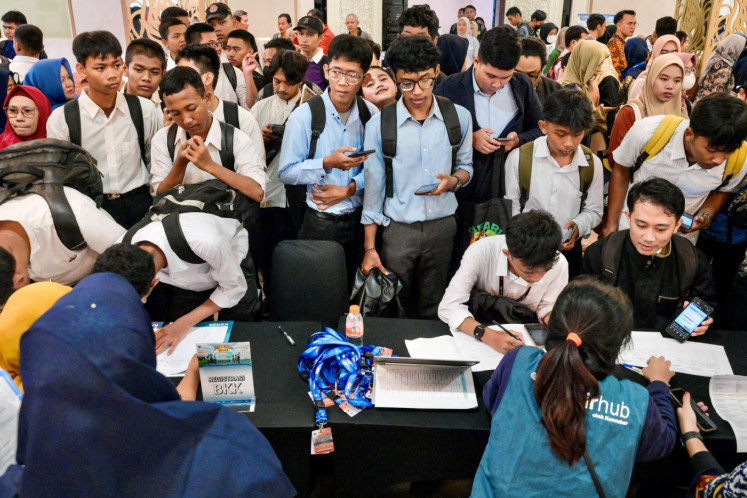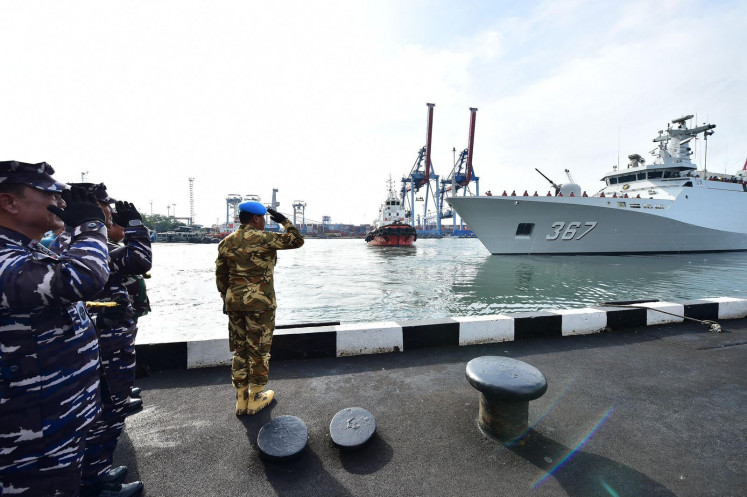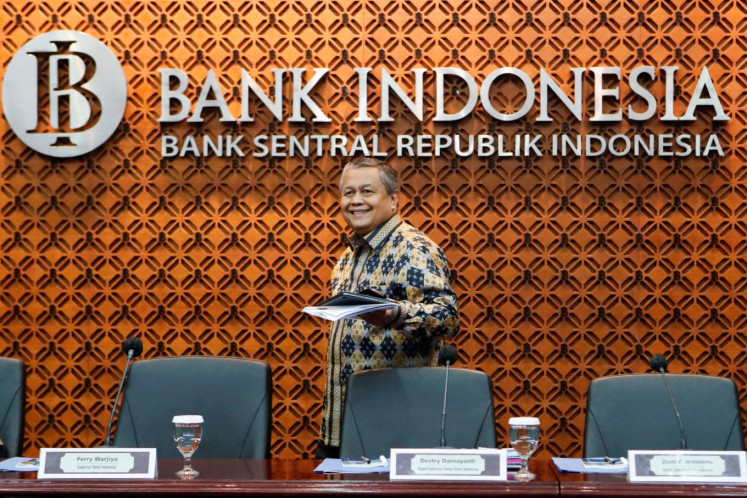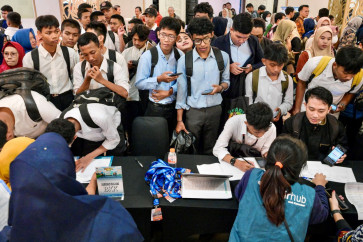Popular Reads
Top Results
Can't find what you're looking for?
View all search resultsPopular Reads
Top Results
Can't find what you're looking for?
View all search resultsAnalysis: Jobless in a growing economy
Change text size
Gift Premium Articles
to Anyone
I
ndonesia's economy expanded by a modest 5.04 percent in the third quarter of 2025, adding 1.9 million new jobs over the past year. The government quickly celebrated the achievement, hailing it as proof that economic growth is reaching the people. Yet behind the upbeat headlines lies a deeper question: is this growth truly generating quality employment, or merely fueling the quiet expansion of the informal economy?
While the headline figures suggest resilience, many of the new jobs may not come with stable contracts, decent pay, or social protection. The shift toward informal and gig-based work has sparked concern over the quality and sustainability of Indonesia's growth. If more workers are forced to find livelihoods outside the formal system, the encouraging numbers may mask a more fragile reality. The economic pie may be getting bigger, but the slices remain uneven.
According to Statistics Indonesia (BPS), economic expansion has indeed supported job creation, generating 1.9 million new jobs since August 2024. The number of unemployed people fell slightly by around 4,000 to 7.46 million, bringing the open unemployment rate down from 4.91 percent to 4.85 percent. Yet, beneath this modest improvement lies a structural shift in the workforce that tells a more sobering story.
A closer look at the data reveals that 89 million people, or 57.8 percent of total workers, are employed in the informal sector, without job security or access to social protection. Although this marks an improvement from 59.11 percent last year, the dominance of informal work remains a concern. The World Bank has repeatedly warned that Indonesia's labor market is overly reliant on informal employment, a condition that hampers productivity and weakens long-term resilience.
Even more troubling, among those categorized as employed, 47.89 million people work fewer than 35 hours a week. Of these, 11.6 million are actively seeking new jobs, reflecting widespread underemployment and partial joblessness. Such figures underscore the precarious nature of the informal sector, where work is often unstable and income uncertain.
Unlike their formal counterparts, informal workers typically lack access to social security, stable employment, and legal protection, largely due to low awareness and limited administrative capacity. Many are left vulnerable once their productive years end. Meanwhile, rising operational costs have prompted some companies to shift full-time staff to contract or non-permanent arrangements to cut expenses, further blurring the line between formal and informal employment.
The structure of the formal sector also offers little comfort. The share of workers in manufacturing has stagnated for nearly three decades, hovering around 13 to 14 percent of total employment, while the largest portion of the workforce remains in agriculture. Rather than advancing into higher-value industries, much of the workforce has migrated toward informal activities such as trade, construction, and small-scale agriculture—sectors that generate limited productivity gains.



